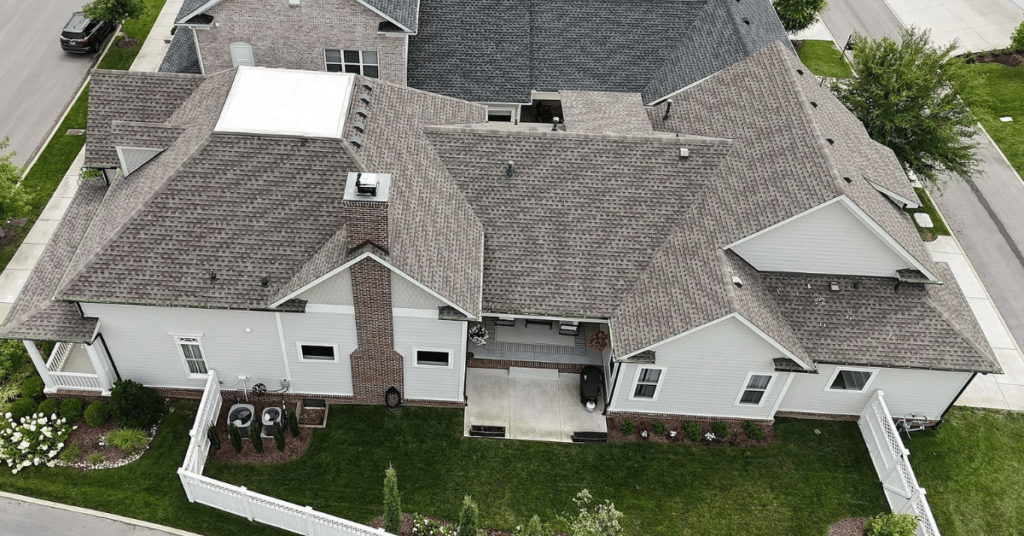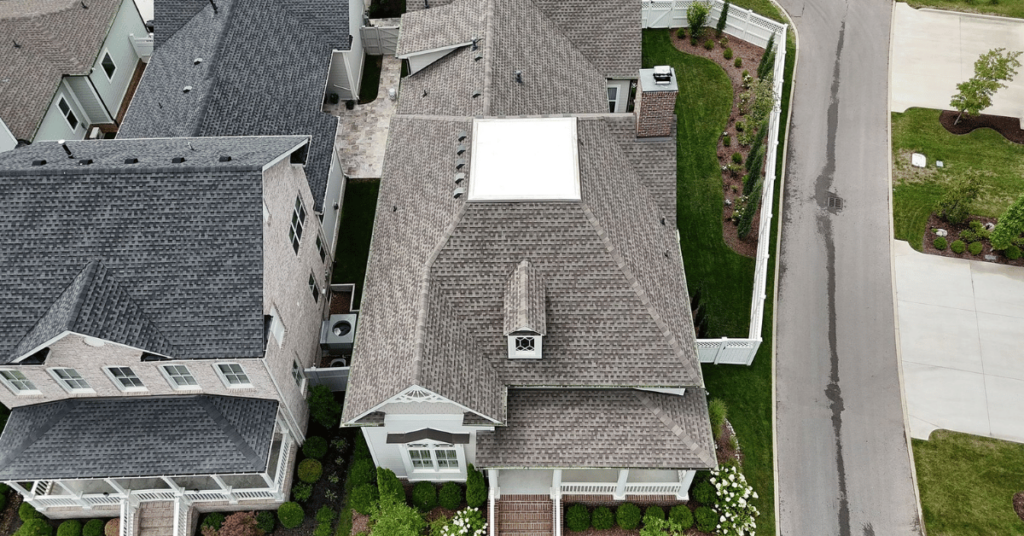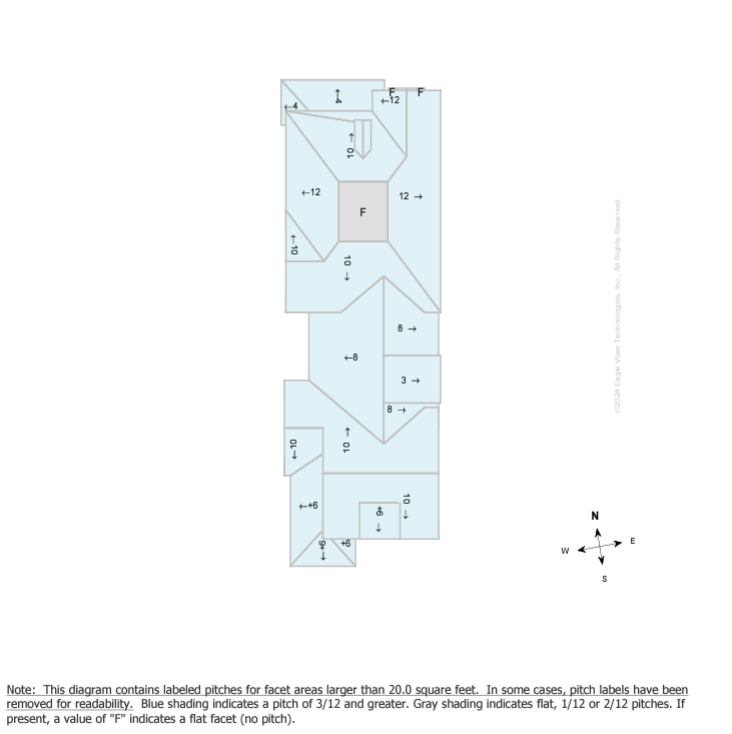Introduction
Roof slopes are more than just an aesthetic choice; they are crucial in determining a roof’s durability, maintenance needs, and weather resistance. In this post, we’ll dive into what roof slopes are, why they matter, and how different slopes are better suited for various climates and architectural styles. If you’re considering a new roof or want to learn more about your home’s structure, this guide is for you!
What is Roof Slope?
Roof slope, or “pitch,” refers to the steepness or angle of a roof. It’s typically measured as the rise over run—how many inches the roof rises vertically for every 12 inches it extends horizontally. This measurement affects everything from how well water sheds from the roof to the overall design of a home.
There are two main types of roof slopes:
- Low-Slope Roofs (also known as flat roofs): These roofs have a slope of 2:12 or less.
- Steep-Slope Roofs: These roofs have a slope greater than 2:12, with some steeper roofs reaching as high as 21:12.

Why Does Roof Slope Matter?
- Weather Resistance
- Rain and Snow: Steeper roofs are ideal for areas with heavy rainfall or snow since they allow water and snow to slide off quickly, reducing the chance of leaks and structural strain.
- Wind: Low-slope roofs are generally better in areas with strong winds, as they create less drag and are less likely to experience wind-related damage.
- Aesthetic Appeal and Architectural Style
- Roof slopes contribute significantly to a home’s appearance. Modern homes often feature low-slope roofs for a sleek, minimalist appearance, while traditional homes commonly have steeper roofs, adding character and enhancing curb appeal.
- Maintenance and Accessibility
- Low-slope roofs are more accessible to walk on, making maintenance tasks like gutter cleaning and inspections simpler. However, due to slower water drainage, they may require more frequent maintenance.
- Steep-Slope Roofs: While less accessible, they generally need less frequent maintenance because water and debris are shed more efficiently.

How to Choose the Right Roof Slope for Your Home
If you’re planning a new roof, consider these factors when deciding on a slope:
- Climate: Steep slopes are ideal for regions with heavy precipitation, while low slopes work well in dry, windy areas.
- Home Design: Certain architectural styles, such as Tudor or Victorian, traditionally use steep slopes, while low slopes are common in contemporary designs.
- Budget: Low-slope roofs can be more economical for larger buildings, requiring less material and offering a streamlined design.
Common Types of Roof Slopes
- Flat Roofs (0:12 – 2:12)
Typically seen in commercial buildings, flat roofs are simple in design and easy to maintain but require excellent waterproofing to avoid leaks. - Low-Slope Roofs (2:12 – 4:12)
These are popular in modern residential designs. They offer easy accessibility and minimalistic aesthetics, though they can be prone to water pooling if not correctly waterproofed. - Moderate-Slope Roofs (4:12 – 9:12)
This slope is commonly found in suburban homes. It balances aesthetic appeal with practicality, making it a popular choice for a variety of climates. - Steep-Slope Roofs (9:12 and above)
These roofs are highly effective for water and snow shedding, ideal for areas with heavy rainfall or snow. They add a dynamic look to the home but require more material and often have a higher installation cost.

Conclusion: Why Understanding Roof Slope Matters
Whether building a new roof or maintaining an existing one, understanding roof slopes can help you make more informed decisions about your home. Roof slope affects everything from drainage to design, and knowing your roof’s characteristics can help you anticipate its maintenance needs and lifespan.
Parks
Matt is Five Points Roofing's VP of Business Development, directly in charge of company growth and building a true contracting brand that is trusted by millions of homeowners. It’s not all business for Matt though, being 6’5”, he’s an avid amateur beach volleyball player and golfer. Competition is his thing. Happily married to his wife Laura, they also have a giant 72 pound ex-racing greyhound that’ll run laps around you.
Roof University is the place if you're a roofer, property owner, or insurance adjuster.
